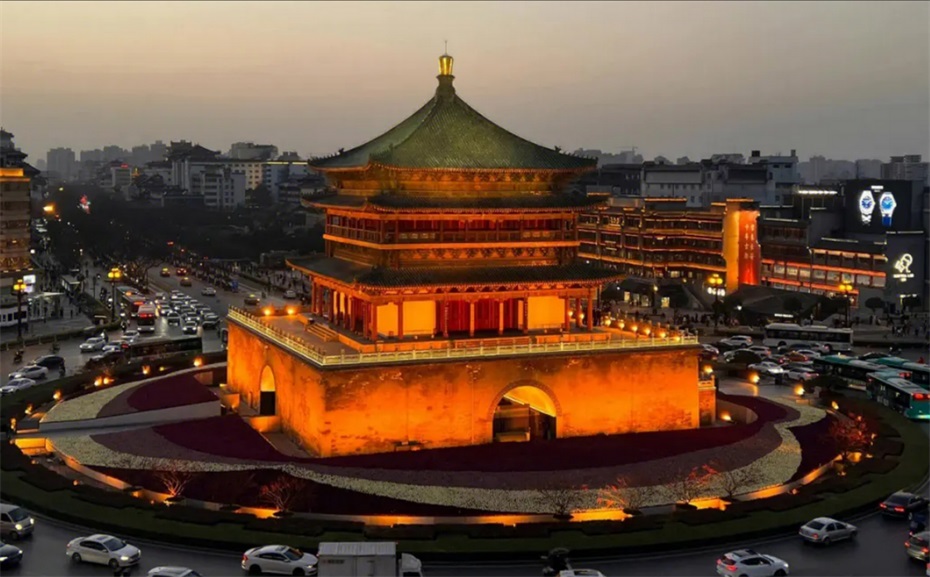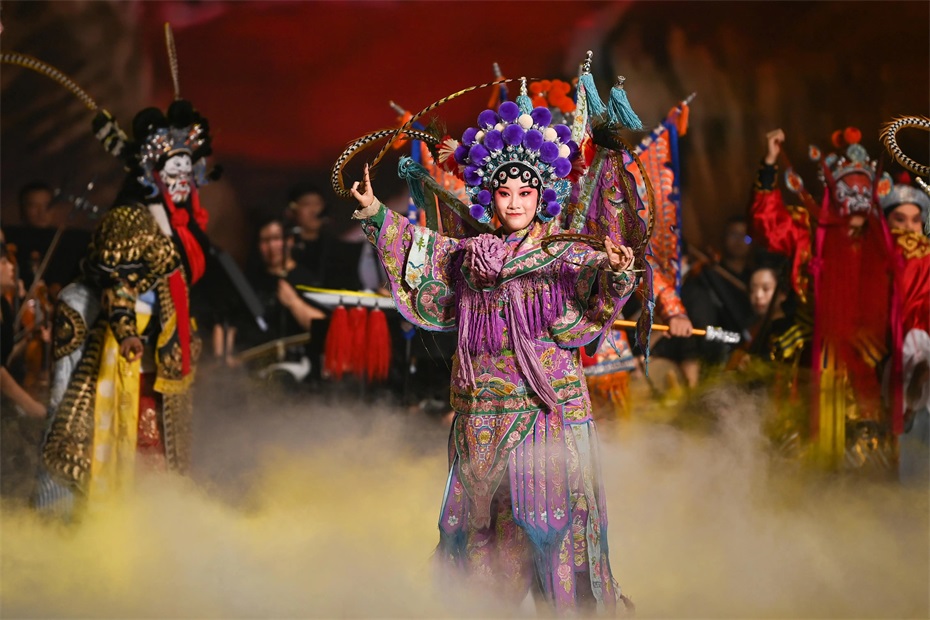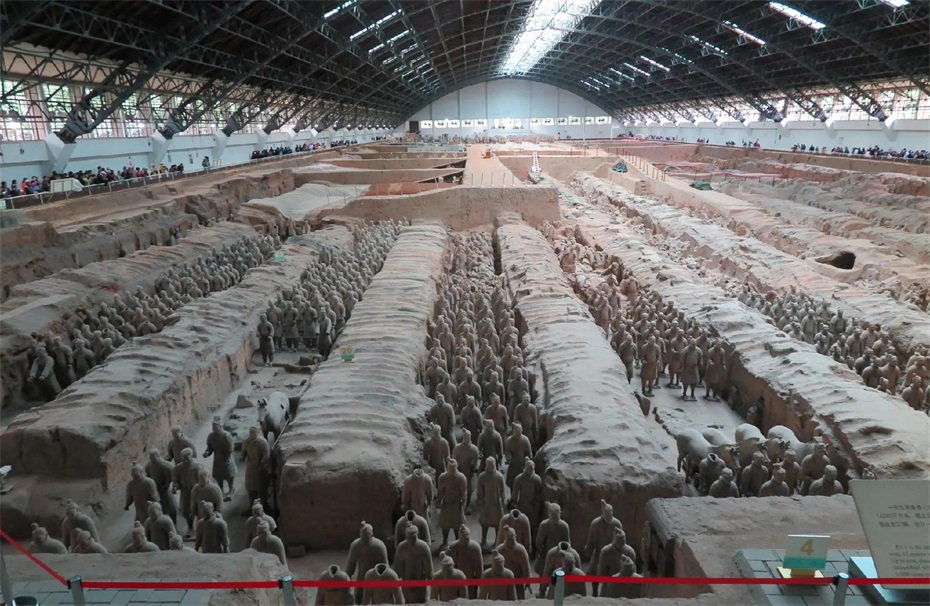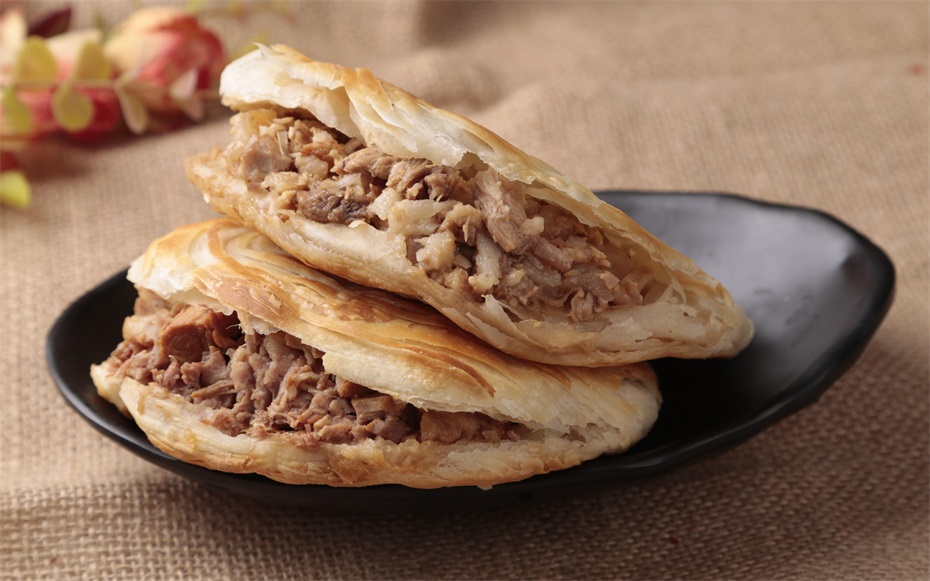Shaanxi Province
Overview of Shaanxi Province

Shaanxi Province, abbreviated as "Shan" or "Qin", is located in the inland hinterland of China, in the middle reaches of the Yellow River, and is one of the important birthplaces of the Chinese nation and civilization. The total area of the province is 205600 square kilometers, with 10 prefecture level cities under its jurisdiction and a permanent population of 39.56 million people (2022 data). In 2022, the total regional GDP of the province will reach 3.28 trillion yuan, making it an important energy and chemical base, equipment manufacturing base, and modern agricultural base in China.
Shaanxi Province currently governs 10 prefecture level cities including Xi'an (provincial capital), Tongchuan, Baoji, Xianyang, Weinan, Yan'an, Hanzhong, Yulin, Ankang, and Shangluo. As the starting point of the ancient Silk Road and an important node of the construction of the "the Belt and Road", Shaanxi is known as the "Natural History Museum" and an important base for China's aerospace science and technology and higher education.
2°¢ Geographical features
1. Location characteristics
Shaanxi Province is located between 31 °„ 42 °‰ and 39 °„ 35 °‰ north latitude and 105 °„ 29 °‰ and 111 °„ 15 °‰ east longitude. It borders Shanxi and Henan to the east, Ningxia and Gansu to the west, Sichuan, Chongqing, and Hubei to the south, and Inner Mongolia to the north. The province spans the two major river basins of the Yellow River and the Yangtze River, and is an important hub of the Chinese section of the New Eurasian Continental Bridge.
2. Terrain and landforms
The province is divided into three natural regions from north to south:
Northern region: Loess Plateau in northern Shaanxi (accounting for 45% of the province's area)
Central region: Guanzhong Plain (accounting for 19% of the province's area)
Southern region: Qinba Mountains (accounting for 36% of the province's area)
Highest Peak: Taibai Mountain (altitude 3767 meters)
3. Water system distribution
Yellow River system: Wei River, Jing River, Luo River
Yangtze River system: Han River, Jialing River
Lakes: Hongjiannao, Yinghu, etc
4. Climate characteristics
Divided into three climate zones from north to south:
Northern region: temperate semi-arid climate
Central region: Warm temperate semi humid climate
Southern region: North subtropical humid climate
Annual average temperature: 7-16 °Ê
Annual precipitation: 340-1240 millimeters
3°¢ Historical context
1. Origin of Civilization
Paleolithic Age: Lantian Ape Man Site (1.15 million years ago)
Neolithic Age: Banpo Site (6000 years ago)
Pre Qin period: the birthplace of Zhou and Qin
2. Organizational history
Qin Dynasty: China's first unified dynasty
Han Dynasty: Opening of the Silk Road
Tang Dynasty: Chang'an became an international metropolis
Yuan Dynasty: Establishment of Shaanxi Province
In 1935, the Central Committee of the Communist Party of China arrived in northern Shaanxi during the Long March
3. Modern and Contemporary Development
During the War of Resistance Against Japan: Yan'an, the Holy Land of Revolution
Third line construction period: important industrial layout
Reform and Opening up: Construction of Energy and Chemical Industry Bases
New era: an important node of the "the Belt and Road"
4°¢ Cultural Essence
1. Regional cultural characteristics
Guanzhong Culture: A Rich, Heavy, and Simple Agricultural Civilization
Shaanbei Culture: Bold and Rough Loess Customs
Shaannan Culture: The Vibrant and Beautiful Han River Culture
Red Culture: The Origin of Yan'an Spirit
2. Intangible Cultural Heritage

Folk art: Paper Cuttings, Fengxiang clay sculpture in northern Shaanxi
Traditional skills: Yaozhou kiln ceramics, Xifeng wine brewing
Folk Culture: Huangdi Mausoleum Festival, Society Fire Performance
3. Dialect characteristics
Central Plains Mandarin: Guanzhong dialect, Qinlong dialect
Jin dialect: Some areas of northern Shaanxi
Southwest Mandarin: Some areas in southern Shaanxi
Jianghuai Mandarin: Some areas of Shangluo
5°¢ Tourist destinations
1. World Heritage Sites

The Silk Road (Chang'an Tianshan Corridor)
Great Wall (Shaanxi section)
Big Wild Goose Pagoda, Small Wild Goose Pagoda
2. 5A level scenic spot
Xi'an Terra Cotta Warriors Museum
Huaqing Pool Scenic Area
Huangdi Mausoleum Scenic Area
Taibai Mountain Tourist Scenic Area
Famen Temple Buddhist Culture Scenic Area
3. Featured tourism
Historical and Cultural Tour: Xi'an Ancient City Wall, Stele Forest
Red Study Tour: Yan'an Revolutionary Site
Natural scenery tour: Huashan Mountain, Hukou Waterfall
Folk Experience Tour: Yuanjia Village, Mawei Post Station
6°¢ Food map
1. Characteristics of Shaanxi cuisine

Northern Shaanxi: Pita bread soaked in Lamb Soup, Potato Wipe
Southern Shaanxi: Hanzhong Hot Rice Peel, Ziyang Steamed Pot
Guanzhong: Roujiamo, Hulutou
2. Featured snacks
Liangpi
Minced pork noodles
Rice-meat dumplings soup with pepper
steamed glutinous rice cake
Persimmon cake
3. Specialty drinks
Xifeng liquor
Jingyang Fu Tea
Lintong Pomegranate
Luochuan apples
7°¢ Development Status
1. Industrial system
Energy and Chemical Industry: Shaanbei Energy Base
Equipment manufacturing: Xi'an aviation and aerospace industry
Electronic Information: Samsung Semiconductor Project
Modern Agriculture: Apple and Kiwi Industry
2. Transportation network
Aviation: Xi'an Xianyang International Airport
Railway: "Mi" shaped high-speed railway hub
Highway: The mileage of expressways exceeds 6000 kilometers
Subway: The operating mileage of Xi'an Metro exceeds 300 kilometers
3. Innovation ecosystem
Qinchuang Original New Drive Platform
Xi'an Comprehensive National Science Center
National Supercomputing Xi'an Center
Construction of the Capital of Hard Technology
From the Mausoleum of the Yellow Emperor to the Terra Cotta Warriors, from the Yan'an Pagoda to the Qinling Mountains, this "land of Shaanxi" is writing a magnificent chapter of high-quality development of Shaanxi in the new era with the heroic spirit of "fierce old Qin" and the "open and inclusive" mind. With both the massiveness of "800 li Qinchuan" and the vitality of "hard science and technology capital", it is becoming an important practice place for Chinese path to modernization.
simliy
